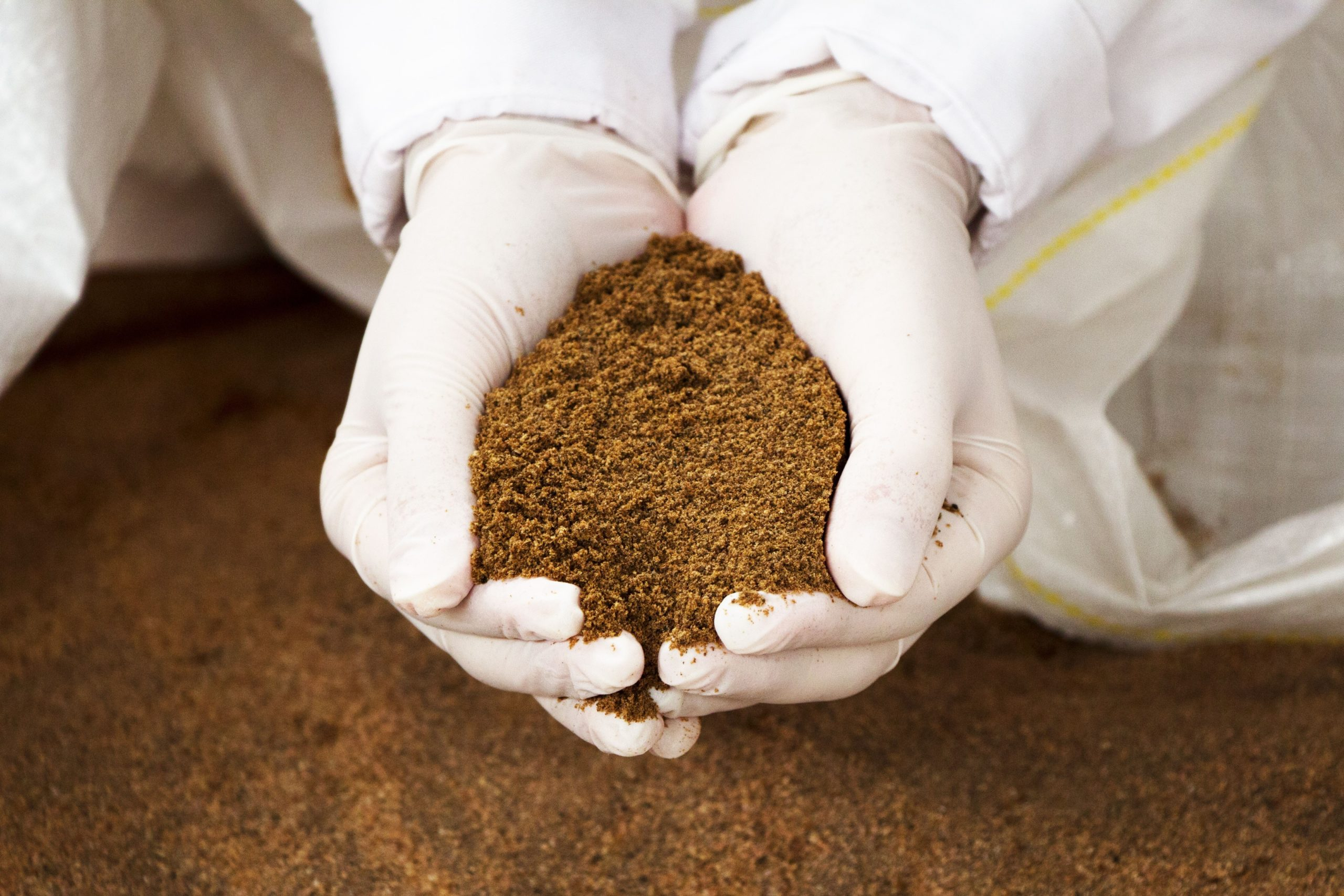
The crisis in the fishing sector, dragged down by changes in regulations – such as the elimination of the special regime that allowed industrial fishing before 5 miles between 2008 and 2011 – has left 69% of fishmeal plants in the country inoperative. south of the country, in addition to preventing, between 2016 and 2023, the capture of 963,000 tons of anchovy due to the size limit, according to a report by Macroconsult.
According to the study “Economic impact of anchovy fishery management in the southern zone”, prepared for the National Fisheries Society (SNP), these changes have generated the loss of 3.05 million metric tons (MT) of landings, which prevented the income of S/4,500 million in Gross Value Added (GVA) and US$1,886 million in exports.
Macroconsult points out that the main obstacle facing the fishing sector in the south is linked to the regulations on the minimum legal catch size.
Currently, the rule states that the anchovy reaches maturity when it measures 12 cm. Therefore, this is the minimum size to fish the resource. However, according to the Peruvian Sea Institute (Imarpe), in the southern zone the maturity size of anchovy is 10.5 cm.
“That is, by establishing closed seasons according to an incorrect size, fishing capacity in the region is exponentially reduced,” said Elmer Cuba, partner at Macroconsult.
Cuba reports that, if the classification of juvenile anchovies were up to 10.5 cm, an additional 963,000 tons of anchovy would have been landed between 2016 and 2023.
In addition, 233,000 tons of fishmeal and 24,000 tons of fish oil would have been produced. That is, exports worth US$594 million have been lost.
“Updating the size of the anchovy basically involves an interaction between public entities: IMARPE and the Ministry of Production,” said the economist.
Furthermore, the gross added value (GVA) that could have been generated is S/1,417 million, in addition to an intermediate consumption of S/1,022 million. Finally, 459 jobs and S/ 22 million in salaries were not generated between 2016 and 2023.
Macroconsult: only 4 of the 13 flour mills that existed in 2011 remain
Cuba explains that, for fishmeal processing plants, the elimination of the REP has caused two problems: low level of anchovy catch (which prevents operating at full capacity, sales income exceeds costs), and age of facilities . The latter represents a high maintenance cost of close to US$3 million per year.
“This situation directly impacts the operational capacity of fishmeal plants, which has fallen 69% in southern Peru,” says Macroconsult.
In 2011, for example, there were thirteen fishmeal processing plants in operation. Today there are only nine licensed, of which only four are operating.
Without resources or incentives to operate, the plants could end up being dismantled. Currently, reactivating the operations of the nine stopped plants would cost US$500,000 per MT, the specialist concluded.
Source: Larepublica
Alia is a professional author and journalist, working at 247 news agency. She writes on various topics from economy news to general interest pieces, providing readers with relevant and informative content. With years of experience, she brings a unique perspective and in-depth analysis to her work.











